Durable Freshwater Conservation
Freshwater ecosystems are some of the most threatened on Earth—here’s how we change that.
The world is waking up to the biodiversity and climate crises—and perhaps most importantly, realizing that these existential threats are intimately intertwined. Yet in the global dialogue around how to address these two crises, freshwater systems have been ignored for far too long. This has to change.
Land protection has historically taken center stage, perhaps a bias of our own terrestrial nature. Thankfully, there is growing recognition of the importance of our ocean, but freshwater is still on the sidelines. But if we’re committed to protecting the full diversity of life on Earth, to maintaining human livelihoods, to avoiding wars over scarce resources and to addressing climate change—it’s time to pay attention. Freshwater ecosystems are richer in species diversity per unit area than those on land or in the ocean, and they provide incalculable benefits to people and the planet—but they are under threat like never before.
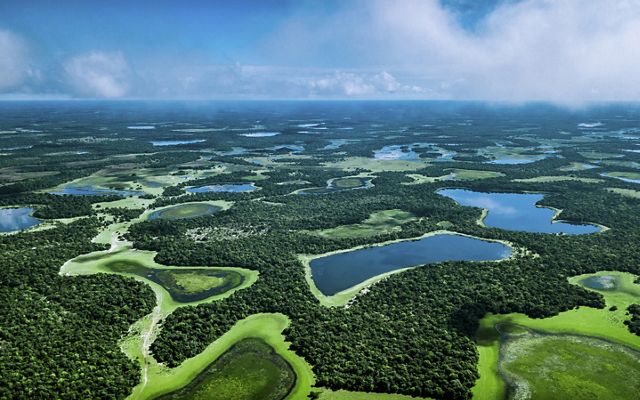
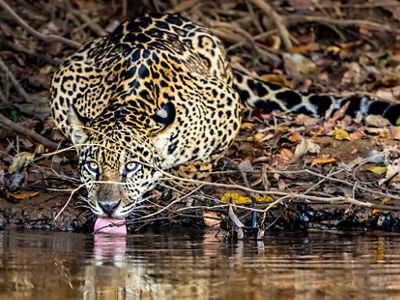
Rivers, lakes and wetlands are not just critical life-support systems, but also places of cultural and spiritual renewal. We find solace in these waters and are humbled by the diversity of mammals, birds, fish, invertebrates and plants they support. Just look to the Zeta River in Montenegro, one of Europe’s last free-flowing rivers. Conservation efforts in the Zeta River watershed amplify the river’s other benefits, which include improving food security by providing productive fisheries and transporting beneficial sediments to deltas and agricultural lands. The Zeta River’s turquoise waters also draw countless visitors to its riverbanks to experience invaluable cultural, spiritual and recreational benefits.
Yet freshwater life is in peril due to a rapidly changing climate, freshwater flow diversions, invasive species and escalating energy demands. Freshwater ecosystems cover less than 3 percent of the Earth’s surface but shelter an estimated 12 percent of all known species, including one-third of all vertebrate species. According to new scientific research published this summer, only 17 percent of the world’s free-flowing rivers are under any kind of protection, and most of those are the smallest rivers and streams. Meanwhile, one-third of freshwater fish and an even higher percentage of amphibians are currently threatened with threatened with extinction. All told, monitored freshwater species populations have declined by 83 percent since 1970—the year I was born. Yes, it’s happening on our watch.
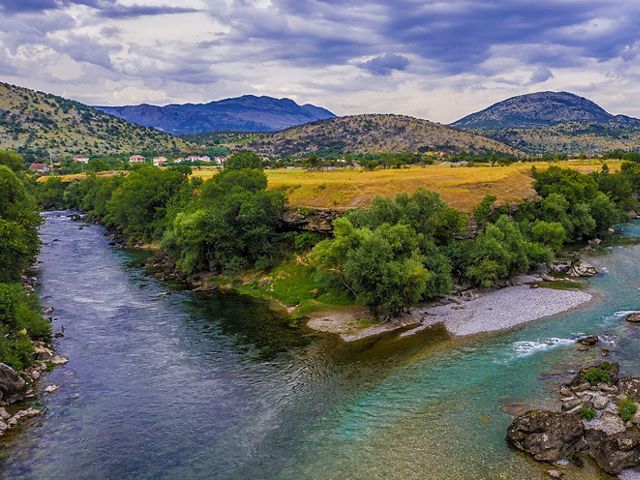
How did we get to this place? For too long, the conservation world has assumed that terrestrial protections would inherently benefit the rivers within it. The flaw in this logic is evidenced by the fact that there are 1,249 large dams located in terrestrial protected areas—and 500 more dams planned in protected areas worldwide.
Freshwater is a moving, dynamic force with its own needs that require—and deserve—us to look beyond the lines drawn for protection of terrestrial species. The same level of attention and commitment given to terrestrial systems must also be delivered to freshwater systems. Ignoring freshwater will lead us to collective peril.
Today, we are facing a once-in-a-generation opportunity to change freshwater’s fate. The Nature Conservancy (TNC) is embarking on a thorough assessment of, and significant investment in, freshwater conservation. We are choosing to protect and manage places that are critical to freshwater biodiversity, and thus maximizing water’s benefits to people and nature.
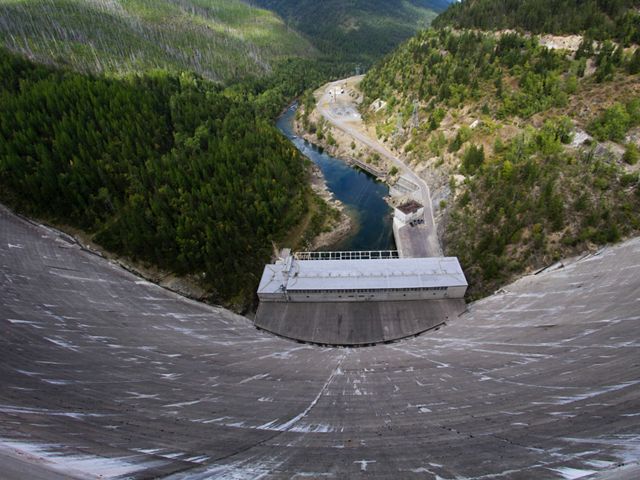
Over the coming year, global leaders will convene at the fifteenth UN Convention on Biological Diversity (CBD COP15). A decade ago, the precursor to this summit resulted in a goal of protecting 17 percent of the globe. In early 2021, the UN CBD announced that this goal had been achieved—within terrestrial habitats, that is. Freshwater conservation targets were not monitored or reported, sidelined once again without much fanfare. This year and next will be crucial to proving our commitment to protecting freshwater systems for the long term, with 196 national governments working to set global biodiversity conservation targets for the next decade. In all these negotiations, freshwater must be on the table; and TNC staff are working with partners to champion freshwater in each of these conversations and commitments.
TNC is one of many groups calling for a goal of protecting 30 percent of the planet by 2030, commonly known as “30x30.” Indeed, we seek to make this “30x30x3”: effective, durable and equitable protection of 30 percent of nature by 2030 across all three biological realms of the planet–land, ocean and freshwater. Freshwater is running out of time, and policymakers must not miss this opportunity to set ambitious goals to protect and restore freshwater for generations to come.

We need solutions that deliver durable protection of rivers through an array of approaches that recognize the fluid nature of freshwater. These diverse approaches, outlined in TNC's scientific research, seek to use a variety of policy, regulatory and economic approaches to deliver enduring protections for freshwater ecosystems. These solutions must also value the critical role of Indigenous Peoples and local communities in stewarding freshwater ecosystems and amplify their voices, rights and traditional conservation approaches. By doing so, we recognize that “protection” of freshwater must deliver on biodiversity gains while simultaneously supporting social, cultural and economic needs and equitable benefit sharing.
As we approach this historic moment for global biodiversity, we must fight for freshwater systems to be included in the new CBD targets. We must seek opportunities to integrate freshwater into terrestrial and marine protection efforts, recognizing they are all intertwined. And we must consider these three pathways to durable freshwater protection.
1. Protect: With the rapid loss of freshwater systems, we must commit to protecting the few free-flowing and connected freshwater ecosystems that remain. Protecting these ecosystems before it’s too late will increase resilience against a changing climate and ensure continued livelihoods for the hundreds of millions of people who depend on healthy freshwater ecosystems for their food and water security.
2. Restore: Two-thirds of the world’s longest free-flowing rivers are impeded by dams and other man-made infrastructure. Where barriers are no longer providing their intended purpose or become unsafe, we must restore and reconnect rivers by removing such infrastructure.
3. Avoid: We must avoid damaging our remaining free-flowing rivers through smart planning and siting of new water, energy and transportation infrastructure development. For example, while parts of the world are demanding more hydropower to meet energy and climate goals, we must meet clean energy needs with minimal impacts to rivers.
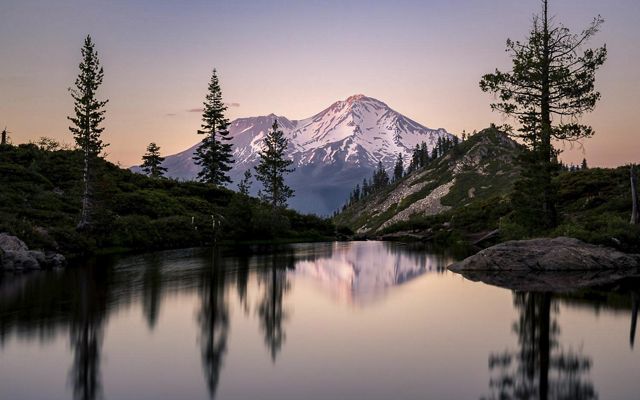
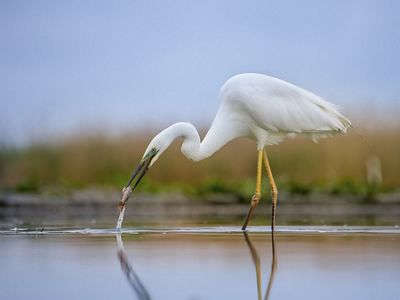
Including freshwater in the new CBD targets, integrating freshwater into terrestrial and marine conservation, and developing strategies to protect, restore and avoid will set our freshwater systems on the path to recovery. And a recent TNC report shows that it’s possible to sustainably finance this work, outlining nine mechanisms that can close the biodiversity funding gap.
We can’t fully protect global biodiversity if we don’t single out freshwater as part of our protection efforts. Today, TNC commits to a 30x30x3 framework in which freshwater, terrestrial and marine protection will exist under one banner to ensure that all habitats are represented. I am confident that with the public and private sector joining together to collaboratively take a stand for freshwater, the coming year will be a watershed moment for conservation.
Global Insights
Check out our latest thinking and real-world solutions to some of the most complex challenges facing people and the planet today.




